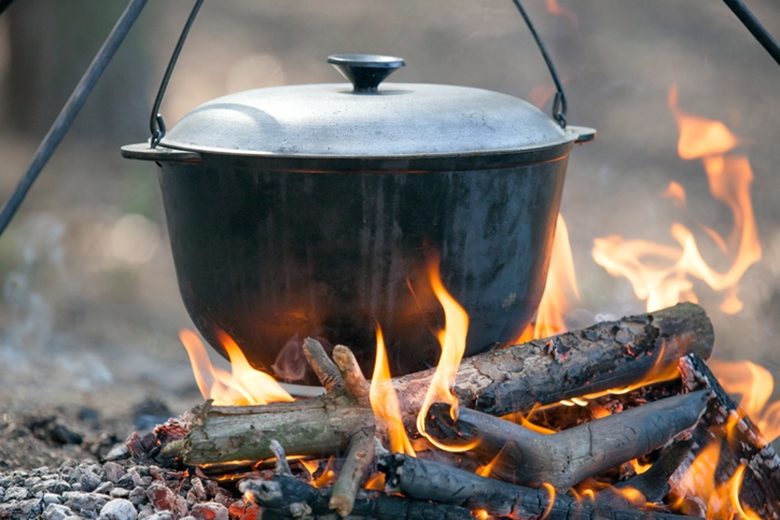
You come home from work, brown some vegetables and chicken in your Dutch oven, add lentils and a handful of herbs and top it off with nourishing stock. Then sit back, relax and let the Dutch oven do all the work until dinnertime.
That vision can be reality. Sometimes referred to as a braadpan, round oven, French oven or casserole, a Dutch oven has a heavy, tight-fitting lid, is heavier and thicker than a stockpot and is deeper than a skillet. Its size and design allow for efficient heat conservation and conduction, as well as the ability to hold large cuts of meat and cooking liquids — especially important when cooking for a crowd.
A classic enameled Dutch oven is considered by many to be the workhorse of the kitchen. ![]() It not only is non-reactive to all ingredients, but also holds heat as effectively as bare cast iron versions and comes in a variety of colors and price points for every budget, starting at about $35 for a 5-quart version.
It not only is non-reactive to all ingredients, but also holds heat as effectively as bare cast iron versions and comes in a variety of colors and price points for every budget, starting at about $35 for a 5-quart version.
On the stove or in the oven, use a Dutch oven to cook roasts, braises, soups, stews and casseroles, as well as any recipes that can be prepared in a conventional oven. Long, slow cooking at a constant temperature results in tender, juicy meals. Get even more creative by making a skillet cookie or loaf of bread in a Dutch oven. The steam helps create a gorgeous, golden brown crust, and the pot creates a perfectly round shape.
When choosing a Dutch oven, look for a wide pot, at least eight inches in diameter, to maximize the amount of food cooked at one time. If you'll be cooking meat most often, consider purchasing a heavier Dutch oven, which allows for more even browning.
Different finishes are available, including cast iron (both bare and enameled), stainless steel and aluminum. Bare cast iron pots may react with acidic foods, and unlike enameled cast iron, must be seasoned and kept rust-free to avoid an "off" taste. Stainless steel options are lighter and hold heat well, but they also may react with acidic foods.
For those who enjoy camping, a "footed" cast iron Dutch oven, similar to what early Americans used, has tripod legs that sit directly over campfire coals. Aluminum Dutch ovens are popular among those who hike to their campground or have physical limitations requiring a lighter-weight vessel.
No matter what size, finish or color you choose, the beauty of a Dutch oven is that it allows you to cook delicious meals with ease, going from stovetop or oven to tabletop for serving with no additional dishes to wash.


